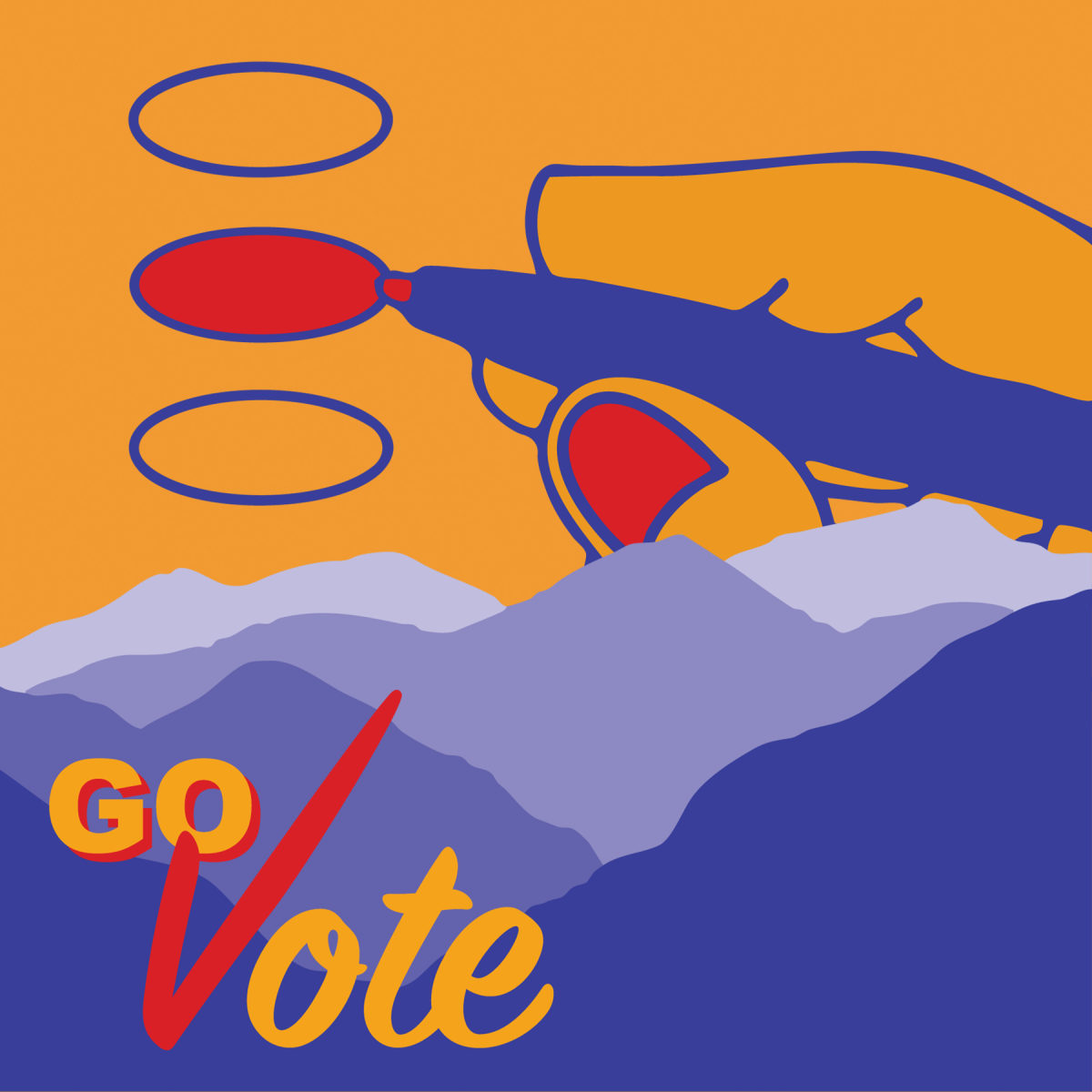The beginning of a new year sparks newfound excitement for many, as it is a blank slate full of possibilities. Whether it is traveling, career opportunities or personal revelations, the thought of one taking their future into their hands is exciting. New Year’s resolutions are popular in these times, as they attempt to create a routine or dismantle bad habits in favor of improving oneself. Resolutions are a call for more firmer stances on goals, while practices are a soft option of adopting new things. There is no universal requirement to personally have any, but if you are interested, here are five practices to try out for the new year.
1) Adopt screen time limits for apps
Addictive apps like Tiktok, Instagram and Snapchat are incredibly time consuming and can quickly take up valuable time. A 10-minute break can easily turn into a 30-minute distraction, which can be detrimental to one’s schedule. It is not a bad thing to utilize these apps, but if you are interested in saving time to pursue new activities or interests, reducing the use of social media can be beneficial both physically and emotionally. It can help avoid constant exposure to blue light, strain on eyes and the harm of social media influence. Android and Apple products allow users to go into their phone’s settings and place varying time limits on apps. They can be removed or changed anytime, and are not hard to navigate. Using the apps at your discretion can decrease digital screen time and help ensure better time management.
2) Take up journaling
In many studies, journaling has been shown to help reduce anxiety, depression and stress when writing entries. It is a method of self-reflection of one’s actions and is healing in coming to terms with things. Whether it is used for writing about trauma, emotions or actions, it allows for a personal conversation with oneself. If interested in entering the act of writing and reflecting, journaling can help ease stress or emotions by writing them in a private notebook. All it takes is a notebook, a writing utensil and a safe, private environment to be open with oneself.
3) Switch up note taking
There are multiple ways to take notes, such as digital and physical notes. Developing a system that works is important for staying on top of information. There are digital websites, such as Notion, Google Keep, OneNote and more that have many applications and tools to individualize notes. They also have features that allow for writing, drawing and uploading pictures or images that add to the notes. In comparison, taking notes on paper provides more free-hand creativity. Notes can be taken with pens or pencils and can be organized in any specific way. Writing helps with remembering notes more than typing, and with better hand-eye coordination. Trying out different ways to take notes can help show new practices and create one’s own unique note-taking strategy.
4) Try out digital and physical schedules
If you are not an avid user of any form of scheduling, taking it up can help boost better time management and a visual idea of daily activities. Having a schedule relieves stress or fear of forgetting important events. Physical schedules can range from a planner to a to-do list or an hourly-spaced timesheet. There is also the option of digital schedules, such as Google Calendar or Notion or your phone’s schedule. All of these allow for a personalization of a schedule and can be adaptable in any format. The purpose is to have events and engagements all in one place to be viewed easily. Having both is more tedious, but can also increase reminders and help manage time better.
5) Practice affirmations
While self-criticism is an outlet many use, it is important to reign it in from time to time. Being consistently harsh on oneself can diminish self-confidence, causing anxiety and stress.Affirmations are a positive way to inspire and remind oneself of their potential and are described as the practice of positive thinking that can help one achieve success by affirming it. They are all tailored to specific goals or declarations to help drive oneself to positivity, and can be read, voiced or written. Adding this practice allows for more positivity towards oneself and the ability to feel more confident in their abilities.





